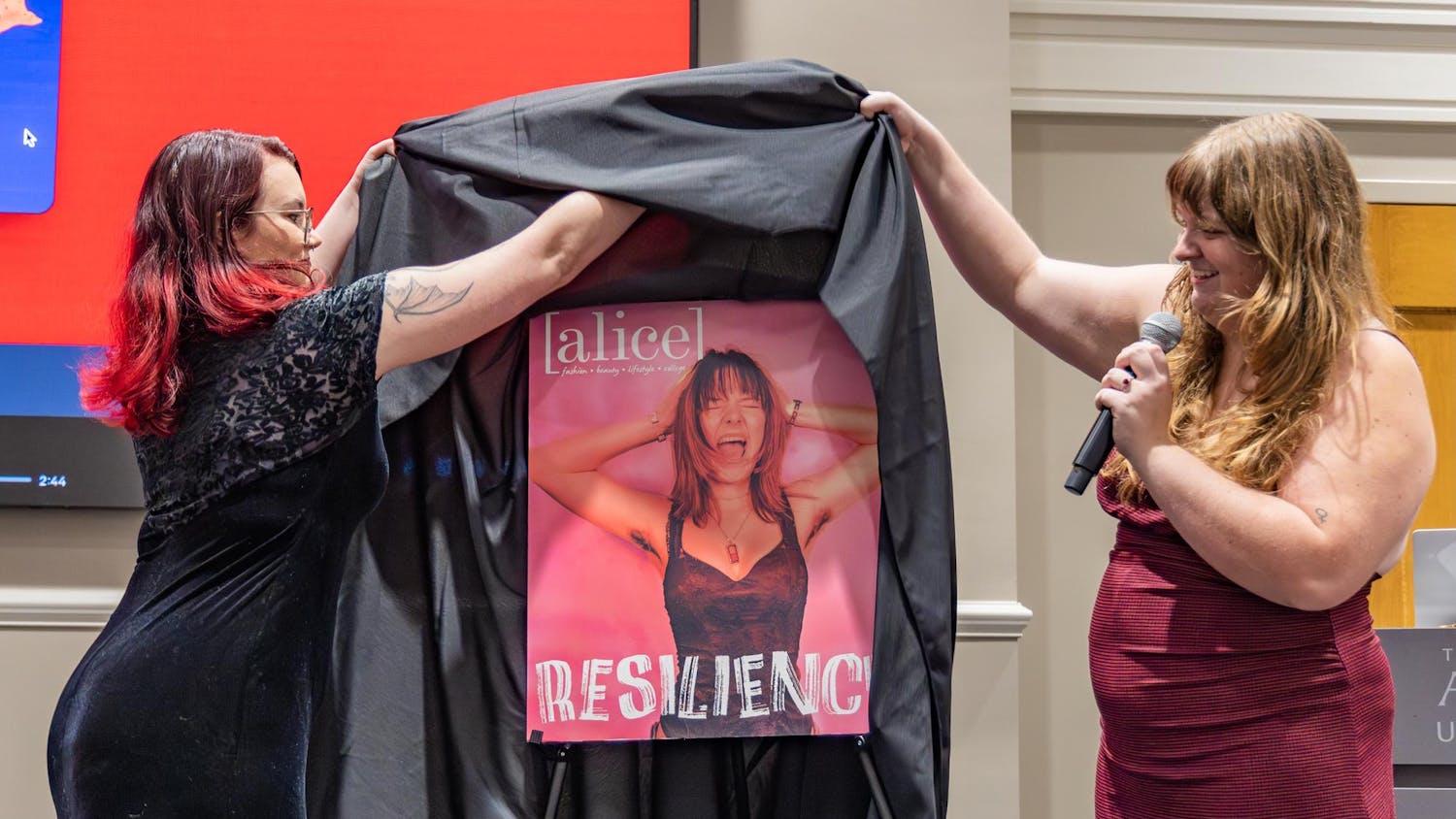During the third, and what was supposed to be the final, public meeting about the city’s Northwest Auburn Plan, residents again brought concerns over the city’s planning process. With their feedback, the plan will head into additional months of planning and possibly more public meetings.
At Tuesday’s meeting, the city’s Planning Department presented two options for the 1.4-square-mile area based on prior community input from two public meetings that were held in August and October.
After the feedback from the public meetings and information sessions, the process will now come to what Planning Director Forrest Cotten called a “bit of a timeout” so the city and the northwest Auburn community can coordinate what steps to take next.
City Council Member Clemon Byrd, Ward 1, said he had explored the idea of neighborhood community leaders putting together a small task force to act as a liaison to the City Council.
Byrd said there will be more public meetings in the future and that he hopes they can put together smaller, more personal meetings where each person could learn how the proposals would affect their home.
“We’re going to break this down further,” Byrd said. “This is not the end at all, by any means.”

In both proposals presented by the Planning Department areas surrounding MLK and Donahue Drives and Bragg Avenue would be rezoned to make it easier for commercial properties to be developed.
The current zoning in place in the area allows for many conditional commercial and entertainment uses, but the proposals aim to rezone with a new type that makes construction of most types of businesses permitted without a conditional use waiver from the city’s Planning Commission and City Council.
In another new type of zoning proposed in the area, developers of residential property could construct almost any type of housing, provided it was a single family unit, without city approval. Previously, only single family detached units, which doesn’t include townhouses or duplexes, could be constructed without a waiver.
The main objective in rezoning these areas, according to Cotten, is to prevent college students from moving further into the area, something meeting attendees said they wanted to be addressed.
The department’s proposals also included altering future land revisions in the neighborhood, with some areas being designated for mixed usage, allowing for retail, commercial and office uses alongside residences.
Despite the Planning Department holding two public meetings and two education seminars over the course of months, attendees said they still felt the process had been confusing and not inclusive enough.
At the first two public meetings, attendees asked Planning Department staff questions and performed exercises where they drew on a map of the area with markers indicating what they would like to see included in the plan.
Their suggestions were then analyzed and used to form the department’s recommendations.
The idea of meetings to educate residents on the planning process arose during the second public meeting in October when attendees complained about the “jargon” the department used.
The two educational meetings, however, did not draw crowds as large as the public input meetings. The first one held in November had 33 people in attendance and the second in December had only 18, according to the planning department’s presentation.
The area the northwest plan encompasses houses over 3,000 people.
Cotten continued to stress the importance of community feedback in the planning process at the third meeting.
“We’re not trying to push anything that you don’t want us to do,” Cotten said. “And if that takes however long you want it to take, it’s okay with the [Planning Department].”
Do you like this story? The Plainsman doesn't accept money from tuition or student fees, and we don't charge a subscription fee. But you can donate to support The Plainsman.




